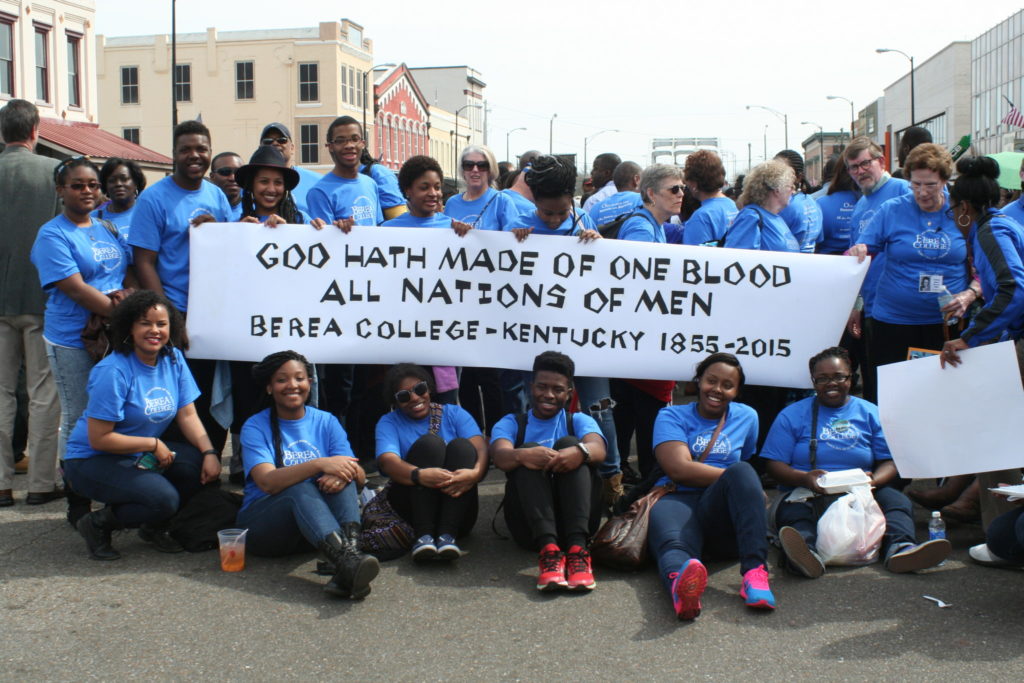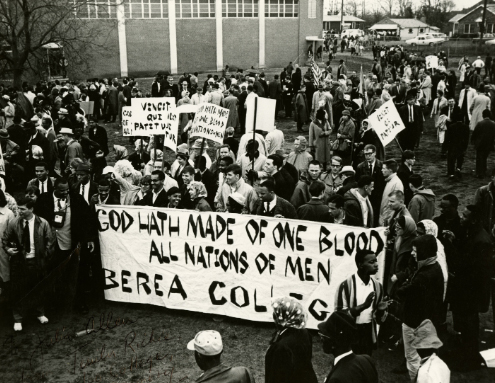
The first interracial and coeducational college in the South has faced fierce opposition over the years, first from armed, pro-slavery militias to segregation imposed by the state legislature. Despite physical, financial, and legal risk, Berea College continued in its mission to educate students of all races. The motto “God has made of one blood all peoples of the earth” has inspired this historic institution for generations.
1789
U.S. Constitution ratified. For the purposes of taxation and representation, a slave counted as 3/5 of a person.
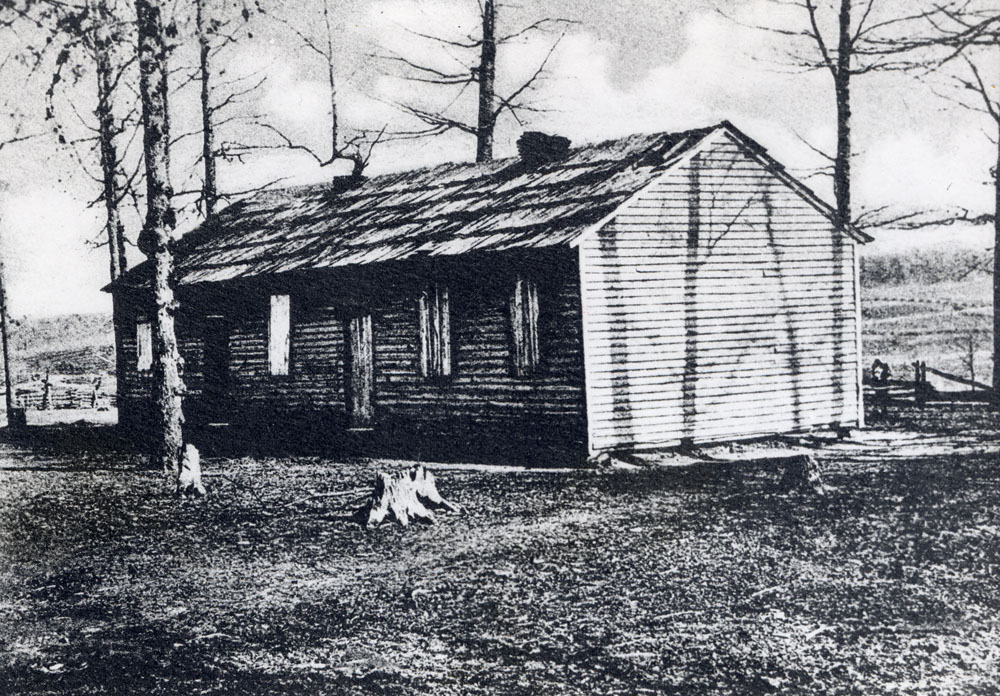
1855
Berea College founded by John G. Fee, following the model of interracial education at Oberlin College.
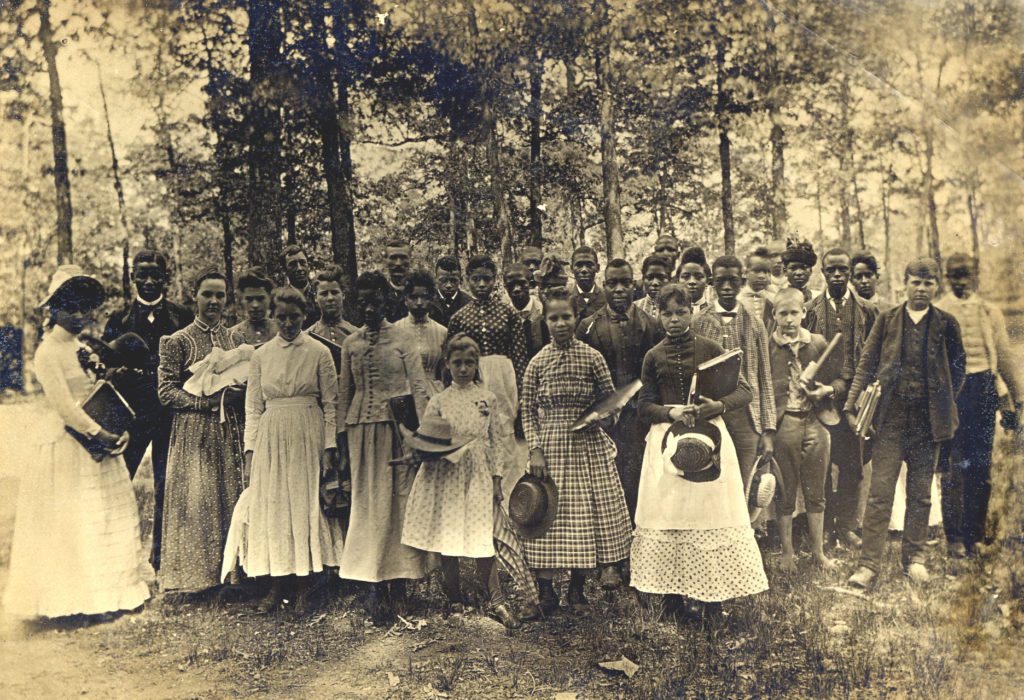
1861-1865
During the Civil War, John G. Fee worked as a missionary trying to bring order, education and humanity to the refugee camp for escaped and freed slaves at Camp Nelson in Kentucky, a Union Army camp.
1866
After the Civil War, Berea College received an endowment bequest from Methodist minister Charles Avery, as well as contributions from the Freedmen’s Bureau and the American Missionary Association, to resume its mission. Newly discharged African American troops were among the first graduating classes, and interracial education prospered at the College throughout the rest of the 19th century.

1896
The U.S. Supreme Court, by vote of 7-1 in Plessy v. Ferguson, effectively nullified the 14th Amendment of the U.S. Constitution in support of a national separate-but-equal citizenship standard. The Court’s ruling set precedent and expanded legal separation of American citizenship rights based upon individual state definitions of race. Supreme Court Justice and Kentuckian, John Marshall Harlan, wrote the Court’s only dissenting opinion.

1903
Carter G. Woodson, also known as the “Father of Black History,” graduated from Berea College with a bachelor’s degree in Literature. He earned a master’s degree in European History from the University of Chicago in 1908 and a Ph.D. in history from Harvard University in 1912, becoming the second African American to earn a Ph.D. from Harvard.
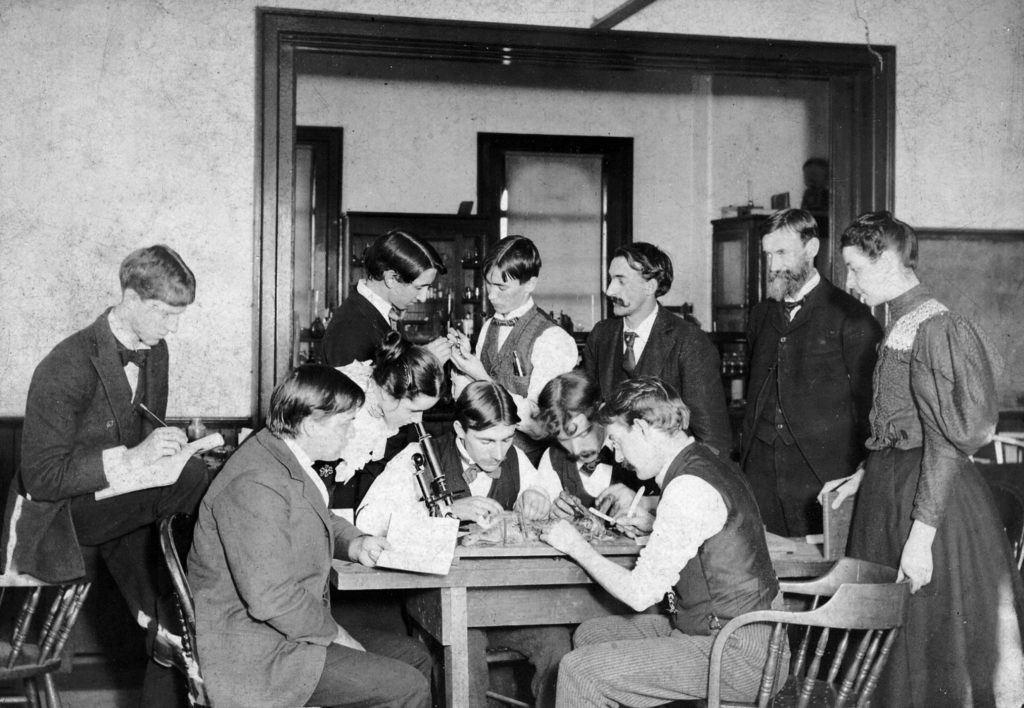
1904
Led by State Representative Carl Day, Kentucky legislators prohibited interracial education across the Commonwealth. As the only institution impacted by the legislation, Berea College fought the Day Law for four years, all the way to the U.S. Supreme Court. The College ultimately lost, precipitating the most severe crisis in Berea’s interracial history, a more than a 40-year hiatus in the enrollment of black students at Berea College.
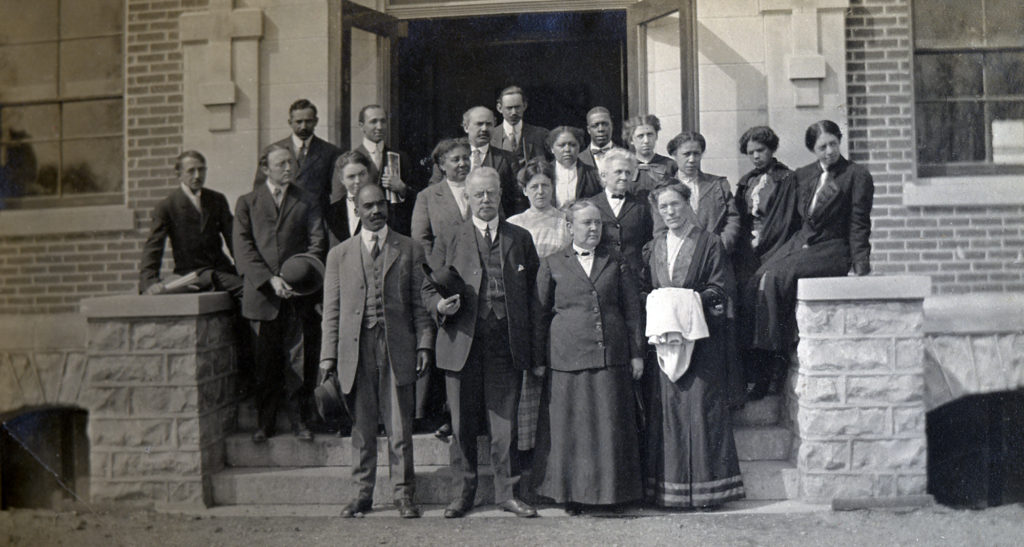
1912
After the Day Law forced the College to segregate, Berea divided its endowment and raised additional money to found Lincoln Institute, an all-black institution in Shelby County, Kentucky.
1942
During World War II, under President Hutchins’ administration, Berea welcomed the admission of Japanese-American students and the recruitment of Japanese-American staff, even though the local community opposed their presence.
1950
Kentucky’s Day Law is amended allowing Berea College to admit African American students again, four years before the Brown vs. Board of Education decision establishing racial segregation in public schools as unconstitutional.
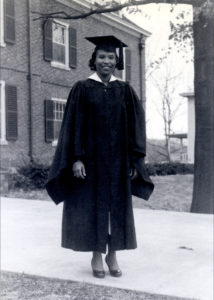
1954
First black Berean to graduate since amendment of the Day Law was educator Jessie Reasor Zander.
Landmark 1954 U.S. Supreme Court Brown v. Board of Education decision declared concept of “separate but equal” schools unconstitutional.
1955
Modern Civil Rights Movement began. Rosa Parks arrested for refusing to move to back of the bus in Montgomery, Alabama.
1963
Martin Luther King, Jr., delivers “I Have a Dream” speech during “March on Washington for Jobs and Freedom.”
1965
Berea College group of faculty and students drives to Alabama to participate with thousands of other Americans in support of Selma-to-Montgomery marches. Berea College students, faculty and staff continued to participate in regional civil rights events.
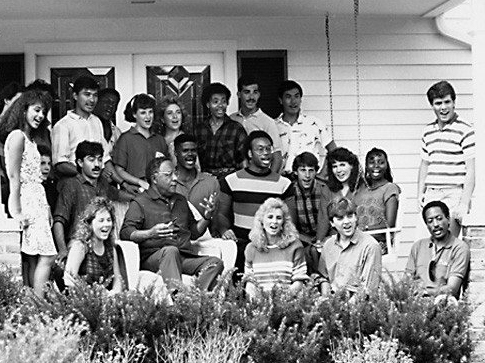
1984
Alex Haley, author of The Autobiography of Malcom X and Roots, became a trustee of Berea College during Pres. John B. Stephenson’s administration. Stephenson also inaugurated the Black Mountain Youth Development Project for serving African American youth in Appalachia and the New Opportunity School for Women.
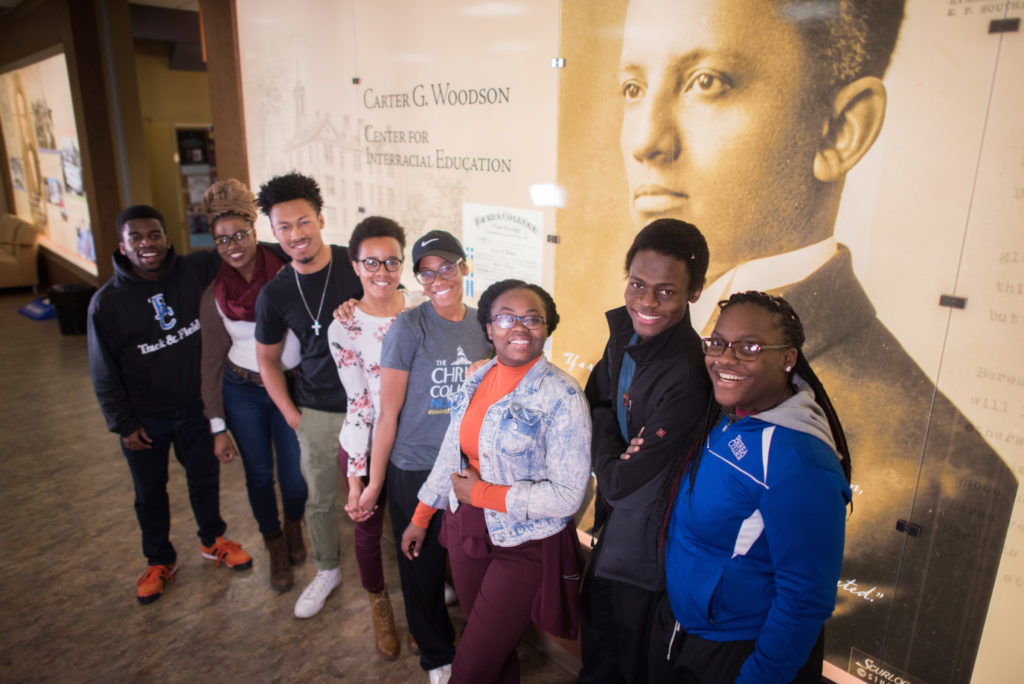
2011
Berea College Board of Trustees authorized funds to establish the Carter G. Woodson Center for Interracial Education, noting that the center is “both appropriate and important to the College’s continuing mission to promote the transformative power of education and social inclusion. It is within this historical context that the College honors the memory of this Berea College alumnus who quite literally changed the face of American history.”
Today
Although U.S. society has changed significantly since 1855, our country still faces powerful racial and socioeconomic divides.
Berea continues intentional work to advance its mission of equity and opportunity. The Vice President for Diversity and Inclusion leads us in work to facilitate understanding, appreciate differences, and value human dignity in all that we do. Berea’s Administrative Committee is among the most diverse in the country. The College has received national recognition for demonstrating outstanding commitment to diversity and inclusion across campus. We embrace the ever-evolving challenge to direct opportunity toward new-majority students (for example, low-income, first-generation, and students of color) in Appalachia—where economic, educational, and health disparities persist— and beyond.
The College did not always live up to its inspiring interracial aspirations. A full treatment, authored by Dr. Dwayne Mack—the College’s Carter G. Woodson Chair in African American History—is forthcoming.
